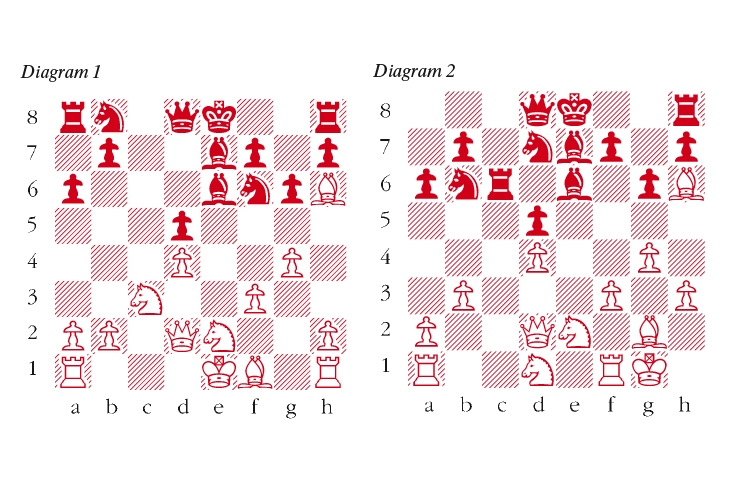International master Andrew Martin is the head of the English Chess Federation Academy. He is well qualified for this post, since his conversational writing style is both characteristically endearing and informative. It is very easy to learn from Andrew’s work. His latest book is a tour de force of the venerable Queen’s Gambit which was originally popularised in the great 1834 series of matches between Labourdonnais and Macdonnell in London. Since then it has formed a staple of every champion’s repertoire. This week’s game, with notes based on those in Andrew’s book (First Steps: Queen’s Gambit Declined, Everyman Chess), shows how devastating the Queen’s Gambit can be in the hands of a great virtuoso of the opening.
Kasparov-Short: Thessaloniki Olympiad 1988; Queen’s Gambit Declined
1 c4 e6 2 Nc3 d5 3 d4 Be7 4 cxd5 exd5 5 Bf4 c6 6 Qc2 Kasparov challenges Short with an unusual idea. 6 e3 is most common, after which Black develops with 6 … Bf5. 6 … g6 Black plans … Bc8-f5, gaining a move. However, Kasparov is happy to allow this possibility. 7 e3 Bf5 8 Qd2 An odd idea, but very interesting nevertheless. Now it is White who hopes to gain time, intending to attack the Bishop on f5 with his advancing kingside pawns. 8 … Nf6 9 f3 c5 A correct move, trying to open up the position with the White pieces on slightly odd squares. 10 Bh6 cxd4 11 exd4 a6 12 g4 Be6 13 Nge2 (see diagram 1) It is suddenly much easier to handle the White position. White has the clear plan of Bg2, 0-0, Rae1 and a kingside pawn storm. Black is struggling to coordinate. 13 … Nbd7 13 … Nc6 14 Bg2 Bf8 15 0-0 Bxh6 16 Qxh6 Qd6 puts up better resistance. I am not sure why Short plays his knight to d7, which is passive by comparison. 14 Bg2 Nb6 15 b3 Carefully cutting out counterplay based on … Nc4. 15 … Rc8 16 0-0 Rc6 17 h3 Nfd7 18 Nd1 (see diagram 2) 18 … Rg8 Black plays as though intimidated. 18 … Bf8 was a better defensive attempt when play can continue 19 Nf2 Bxh6 20 Qxh6 Qf6 21 Rfc1 Nb8 22 f4 and White is better. 19 Nf2 f5 20 Rae1 g5 This looks suicidal. 21 gxf5 Bf7 21 … Bxf5 is answered by 22 Ng3 Be6 23 Nh5 Nf8 24 Nd3. 22 Ng4 Bh5 23 Ng3 Black resigns 23 … Bxg4 is answered by the crushing 24 Bxg5.
Garry Kasparov, victor of this week’s game, has just announced one of his periodic comebacks, heralding his participation in the rapid-play section of the St Louis leg of this year’s Grand Tour in August. This means that once again Kasparov will be devoting himself to chess, in preference to his other main occupation, launching political attacks on Vladimir Putin, whom he regards as a serious global threat.
Raymond Keene
Queen’s gambit | 13 July 2017

issue 15 July 2017




Comments